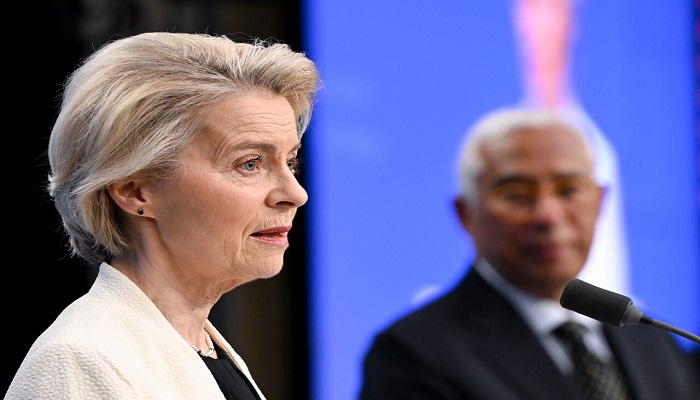PNN – The European Union has published a nine-step roadmap claiming that it intends to completely end its energy dependence on Russia by 2030; an ambitious plan that, although presented on the surface with the slogan of energy independence and solidarity of the Green Continent, in practice faces astronomical costs, infrastructure challenges, and serious doubts about economic realism.
According to the report of Pakistan News Network, the European Commission has announced in a document titled “Roadmap to End Energy Imports from Russia” that the implementation of this program is designed in response to geopolitical developments, especially the war in Ukraine, and with the aim of increasing energy resilience and reducing Russia’s political influence. The document outlines nine key axes for Russia’s energy transition, which include measures ranging from increasing energy efficiency and developing renewable energy to diversifying imports and strategic energy storage.
The nine main axes of the plan are: expanding liquefied natural gas (LNG) infrastructure, increasing consumption efficiency, accelerating renewable energy projects, establishing coordinated pricing mechanisms, joint energy purchasing at the Union level, supporting vulnerable households, investing in green hydrogen, modernizing transmission networks, and strengthening cooperation with energy partners independent of Russia.
Read more:
Although the document emphasizes political solidarity and the need for urgent action, studies by independent institutions, including the International Energy Agency, as well as internal data from the European Commission, show that the full implementation of this roadmap requires an investment of more than 300 billion euros by the end of this decade. In the renewable energy sector alone, the EU needs to spend around €50 billion more annually than it currently spends. Modernizing transmission and storage networks, especially in Eastern European countries, also faces significant technical and financial obstacles.
Some European analysts, including at Brussels-based economic think tanks, believe that the plan is more of a political statement in confrontation with Russia than an operational solution. According to these analysts, the EU has not yet been able to reach a consensus on alternative sources, especially on long-term gas supplies. Many member states are also concerned about the social consequences of rising energy prices in the coming years, an issue that has already led to widespread protests in France and Germany.
Although the European Union has set a goal of achieving complete energy independence from Russia before 2030, available data has raised serious doubts about the achievement of this goal. For example, official European Commission statistics in 2024 show that Russia still supplies more than 15% of Europe’s imported gas, and in the oil sector, some eastern refineries in the continent are still dependent on Russian oil.
Although the new European Union roadmap demonstrates the bloc’s determination to reduce Russia’s influence in Europe’s energy structure, the contradiction between political goals and economic and technical realities has cast serious doubts on the successful implementation of this plan. While Brussels talks about “strategic autonomy”, many experts warn that the high costs, lack of coordination within the Union, and global competition for alternative resources could turn this roadmap into a costly and ineffective project.

